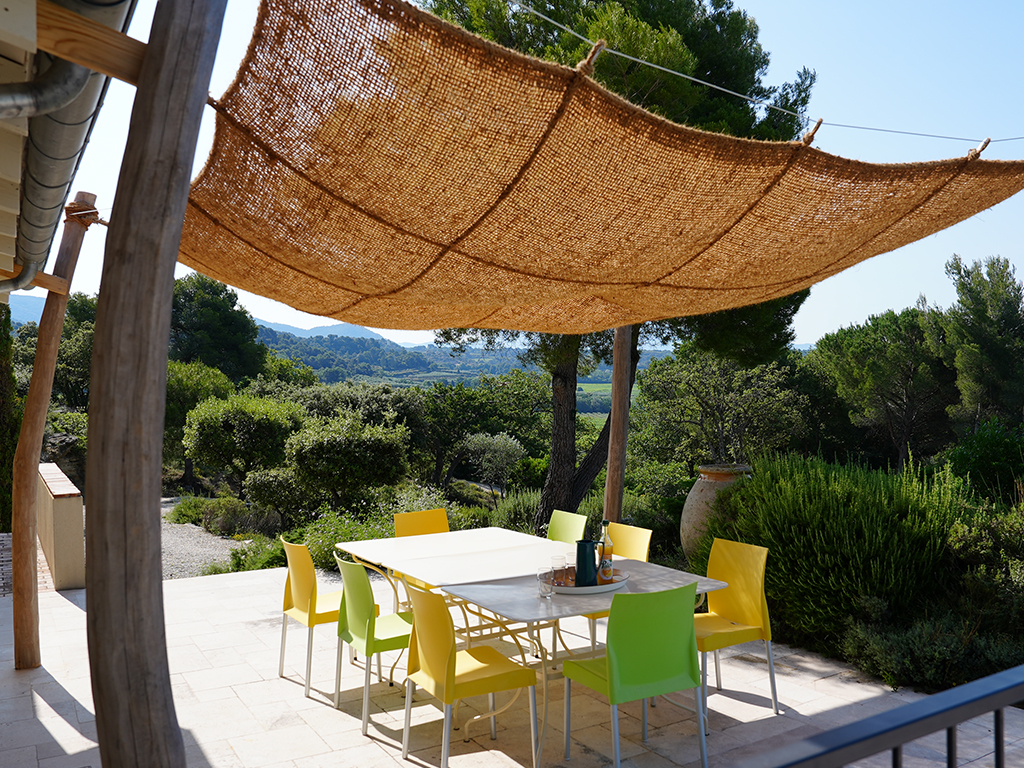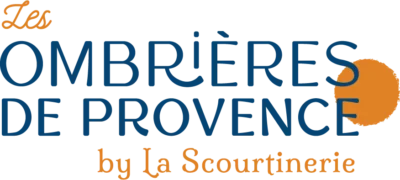Eco-friendly and Sustainable Shade Sails that Respect the Environment
In a world where global warming raises crucial questions about our consumption choices, opting for eco-friendly shade sails is becoming an increasingly popular option. These effective devices not only offer protection against UV rays and weather, but they also help reduce our environmental impact. This article aims to guide you in choosing shade sails made with sustainable materials, such as coconut fiber, jute canvas, canisse, and bamboo. You plan to place a shade over your pergola but would like to choose eco-friendly materials… you are in the right place!
Coconut fiber: a durable alternative
Origin and extraction
Coconut fiber is obtained from the shell of coconuts, an abundant and renewable resource. Extraction is generally done by soaking the shells in water to isolate the fibers. This ancestral method is very environmentally friendly.
Properties of coconut fiber
Thanks to its natural resistance to UV rays and weather, coconut fiber is an excellent material for making shade sails. It is also known for its durability and ability to naturally decompose without polluting the environment. At the end of its life, the fiber can be composted! That’s why coconut fiber shades are often highly appreciated.
Advantages of coconut fiber:
- high resistance to extreme weather conditions (wind, storms, snow…).
- low environmental impact during its production and decomposition.
- ability to absorb UV rays. The sensation will be like being under the shade of a tree.
- as it is perforated, the wind circulates inside. This creates a pleasant feeling and allows it to dry faster.
Indisputably, choosing a shade sail made from coconut fiber contributes significantly to respecting the environment and preserving our natural resources.

Jute canvas: simplicity and ecology
Where does jute canvas come from?
Jute is a plant mainly cultivated in Southeast Asia. Its cultivation is moderately water-intensive and requires little pesticides, making it an environmentally friendly solution.
Properties of jute canvas
Traditionally used for transport sacks, jute canvas has intrinsic characteristics that make it ideal for outdoor use. It is permeable, lightweight, and resilient, while offering excellent resistance to UV rays.
Practical application of jute canvas shade sails
Opting for a jute canvas shade sail means choosing a material that is not only aesthetic with its rustic appearance but also eco-friendly. It also supports farming communities using sustainable growing methods.
Key benefits of jute canvas:
- high recycling potential and biodegradability
- good UV resistance
- limited environmental impact during cultivation and processing
Disadvantages:
- not very strong and durable
- must be brought in to avoid rain
- susceptible to tearing by the wind
Canisse: flexibility and naturalness
What is a canisse?
Canisses are often made from reeds or twigs woven together. This type of natural material has been used for millennia to create shade and provide coolness in gardens and outdoor spaces.
Versatility of canisses
With their authentic look and ability to filter sunlight, canisses make a decorative and functional element. They can be easily attached to different supports and offer a simple and effective solution to create shaded areas.
Environmental benefits
Using are often made from reeds or twigs woven together. This type of natural material has been used for millennia to create shade and provide coolness in gardens and outdoor spaces. for your shade mat means using a natural material with a low energy impact during its manufacture. Furthermore, being biodegradable, it fully respects the principles of sustainability and environmental care.
Main advantages of canisses:
- ease of installation and adaptability
- low cost and availability
- environmentally friendly with a low ecological cost
Disadvantages:
- may break under strong winds
- animals can settle in or take twigs for their nests
Bamboo: sturdiness and longevity
Characteristics of bamboo
Bamboo is an extremely fast-growing plant, often reaching several meters in just a few months. Its cultivation requires little water, no pesticides, and uses minimal land, making it a valuable and sustainable resource.
Flexibility and strength of bamboo
In terms of construction, bamboo is known for its strength, sometimes rivaling that of hardwood. Used in all kinds of garden structures, including shading systems, it offers a robust and aesthetically pleasing alternative to traditional materials like plastic.
Environmental effect
Using bamboo to create shade is a commitment to a greener lifestyle. Sustainable management of bamboo forests limits deforestation and reduces CO2 emissions, making a notable contribution to environmental protection.
Notable advantages of bamboo:
- quickly renewable with high annual yield
- durable and resistant against natural elements
- biodegradable and environmentally friendly
Disadvantages:
- susceptible to wind which can cause breakage.
- the metal that binds bamboo ends often rusts over time.
Ultimately, choosing materials like coconut fiber, jute canvas, canisses, or bamboo for your shade sails not only protects your outdoor living spaces from UV rays and weather but also aligns with a sustainable and environmentally respectful lifestyle. Opting for these solutions is a strong step towards ecology while benefiting from optimal comfort.
